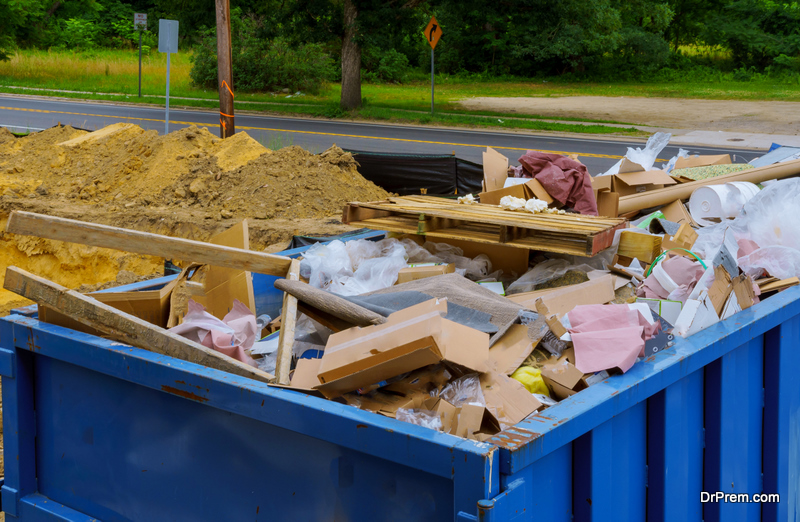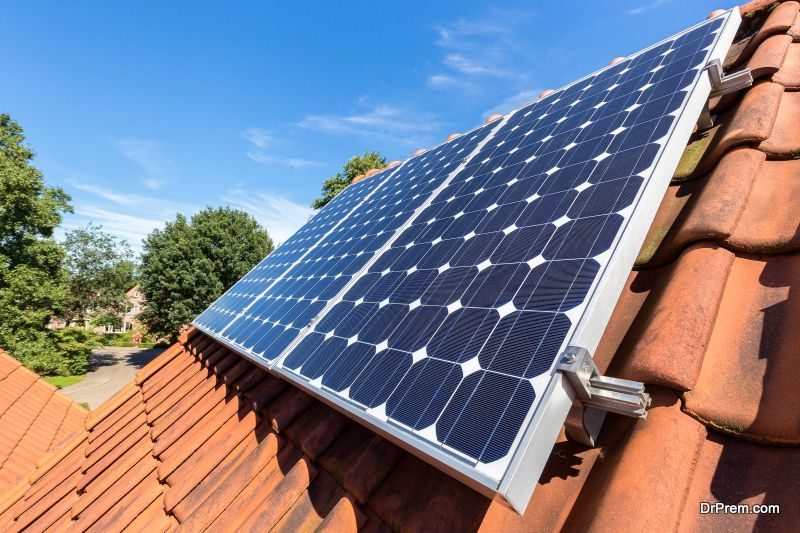It is no secret that the construction industry has a huge impact on the environment. For example, the construction industry is one of the biggest consumers of crude and refined oil during the manufacture and transportation of raw materials. Because of its massive impact on the environment, therefore, it is important to try to find ways to reduce the construction industry’s negative impacts on the environment.
1. Sustainable Construction Practices
 Sustainable construction calls for the use of non-toxic and eco-friendly solvents, paints and building materials. These practices are not only good for the environment, but they are also important in creating safe homes, offices and other areas.
Sustainable construction calls for the use of non-toxic and eco-friendly solvents, paints and building materials. These practices are not only good for the environment, but they are also important in creating safe homes, offices and other areas.
2. Embracing Local Manufacturing
As mentioned earlier, the transportation of construction raw materials over long distances causes massive damage to the environment. To curtail this, the construction industry could switch to locally-sourced raw materials. This would lead to a reduction in the industry’s carbon footprint and is a far more efficient business model than incurring huge transportation costs. The unforeseen and very welcome side-effect of this is a boost of local businesses and economies.
3. Recycling
 Demolition produces a lot of waste that includes steel and concrete. Instead of these materials being dumped in landfills, they could be recycled and used in other projects or for other processes. Additionally, other materials such as carpets, roofing materials and flooring can all be recycled and become part of the environmentally-friendly construction solution. Construction companies can see huge savings through recycling and we all benefit from not having to deal with these materials if they were to be disposed of improperly.
Demolition produces a lot of waste that includes steel and concrete. Instead of these materials being dumped in landfills, they could be recycled and used in other projects or for other processes. Additionally, other materials such as carpets, roofing materials and flooring can all be recycled and become part of the environmentally-friendly construction solution. Construction companies can see huge savings through recycling and we all benefit from not having to deal with these materials if they were to be disposed of improperly.
4. Better Water Usage
The construction industry uses a lot of water. Keeping in mind that the conservative use of water is part of sustainable, eco-friendly construction, contractors could change the way they do things to help use water better. For example, there is no need to use water from the mains if there is adequate rainwater to fulfill all construction needs.
Some construction companies are also considering recycling water condensation from HVAC units to be used in small construction projects.
5. Choosing Solar and Wind Over Mains Power
 With increasing energy costs, the switch to solar and wind becomes a viable option for a lot of people. Sustainable energy saves both money and the environment. Solar power has been shown to reduce the strain on mains power supply, which often uses coal or hydrocarbon-based fuels, both of which are huge pollutants.
With increasing energy costs, the switch to solar and wind becomes a viable option for a lot of people. Sustainable energy saves both money and the environment. Solar power has been shown to reduce the strain on mains power supply, which often uses coal or hydrocarbon-based fuels, both of which are huge pollutants.
Photovoltaic windows are an interesting prospect, too. These windows not only provide power, but they have also been shown to keep houses cooler by a few degrees. This further reduces electricity consumption by reducing the use of air conditioning systems.
6. Better Insulation Materials
Conventional insinuating materials contain harmful chemicals such as toxic adhesives and petrochemicals. Sustainable and eco-friendly construction involves the use of natural, safe and readily-available building materials. Some of these materials include wood fiber, recycled cotton and sheep’s wool. All these materials are also cheaper than other construction materials.
To reduce its impact on the environment, the construction industry should do everything it can to embrace eco-friendly construction strategies and practices. These strategies and practices have the added advantage of helping construction companies save costs through recycling and other measures.
Article Submitted By Community Writer




